What comes to your mind when the name Perak is mentioned?
When most of my friends or family members talk about going to Malaysia for a short vacation, destinations like Kuala Lumpur, Penang, Tioman, Genting Highlands, or Singapore’s closest neighbour, Johor Bahru, pops up.
Perak has always remained one of the lesser talked about regions in Malaysia, but with so much that this state has to offer, it’s hard to understand why travellers seldom give it a discussion. Well it’s time for that to change! This may not cover the whole region comprehensively, but here are five places you should visit on your first trip to Perak!
1. Ipoh
The second largest state in Peninsula Malaysia, Perak is mostly known for it’s administrative capital of Ipoh – a city known historically for tin-mining activities. In fact, the word ‘Perak’ in Malay means silver – derived presumably from the colour of tin.
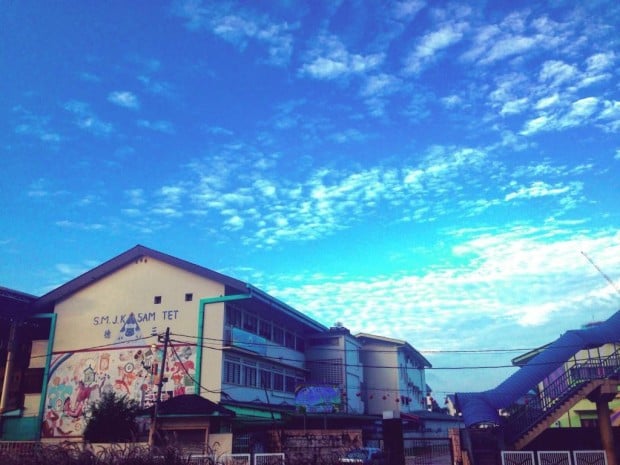
A long time ago, Perak had one of the richest alluvial deposits of tin in the world, and was therefore one of the jewels in the crown of the British Empire. The ever-increasing investment in the tin mines brought a great influx of Chinese immigrants, and the influence of these Chinese immigrants is still present in the town of Ipoh.
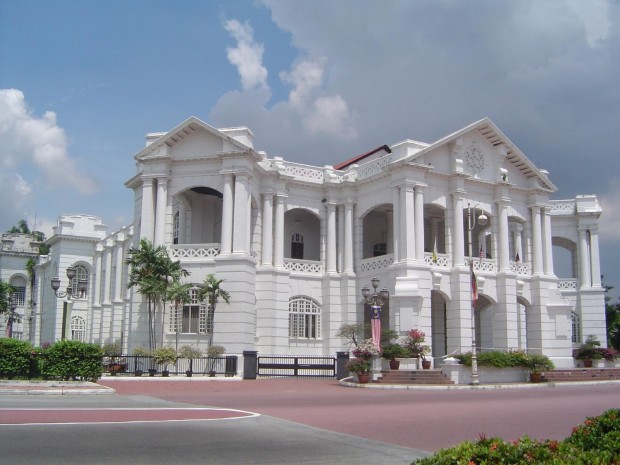 Image credit: Wikipedia
Image credit: Wikipedia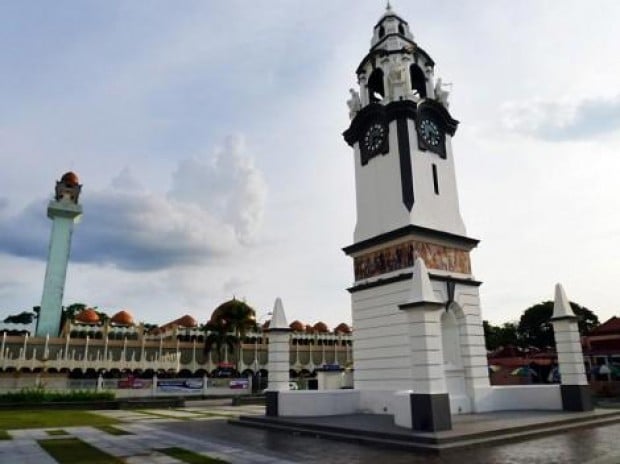 Image credit: Ammar Aizat Termizi
Image credit: Ammar Aizat Termizi
Take a walk around the city centre and one will recognize several old Chinese shop houses from the colonial era. Also from the British colonial era, are some impressive historical buildings such as the Town Hall, the Birch Memorial, the Court House, and of course, the famous Ipoh Railway Station – a favourite evening haunt for young couples.
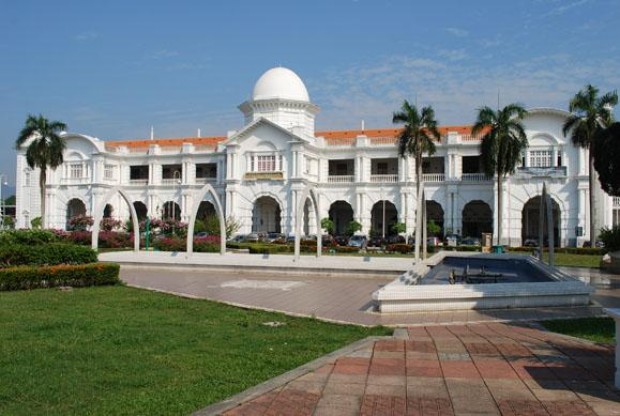 Image credit: Loke Seng Hon
Image credit: Loke Seng Hon
A trip to Ipoh can be very informative. One of the elegant heritage houses in the old town of Ipoh, the Hakka Miners’ clubhouse Han Chin Pet Soo has been converted into a history museum to provide insight into the “shadowy goings-on” at the tin miners’ club where prostitution, gambling, opium smoking and triad activities were commonly carried out back in the days.
 Image credit: Virtual Malaysia
Image credit: Virtual Malaysia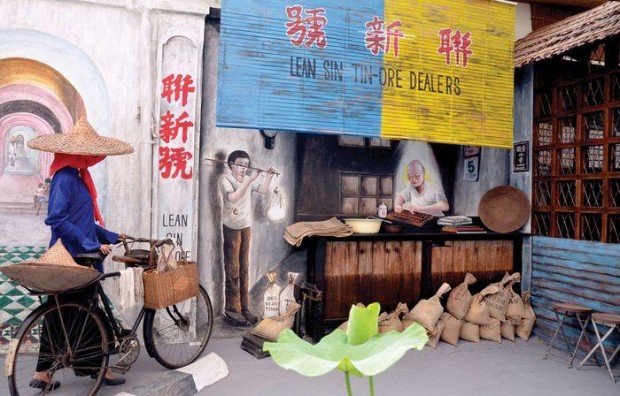 Image credit: Ipoh Echo
Image credit: Ipoh Echo
The exhibition also tells the story of the Hakka people and gives an explanation of the tin mining industry – a large part of Ipoh’s history.
Besides leaving a legacy of historical buildings, Ipoh’s previous inhabitants also left behind a myriad of tastes in its food. Some of the local delicacies you should try here include Ipoh Hor Fun, Old Town White Coffee, Salted Chicken, Bean Sprouts Chicken Rice, Foh San Dim Sum, Tau Fu Fah, fluffy Kaya Puff, Egg Tarts, Taro Puff… The list is endless!
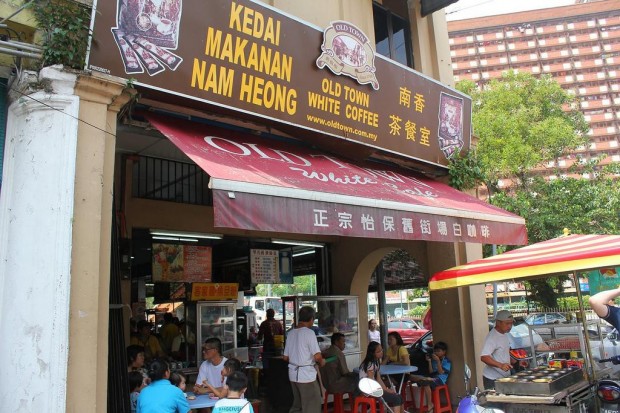 Image credit: Cheryl Chan
Image credit: Cheryl Chan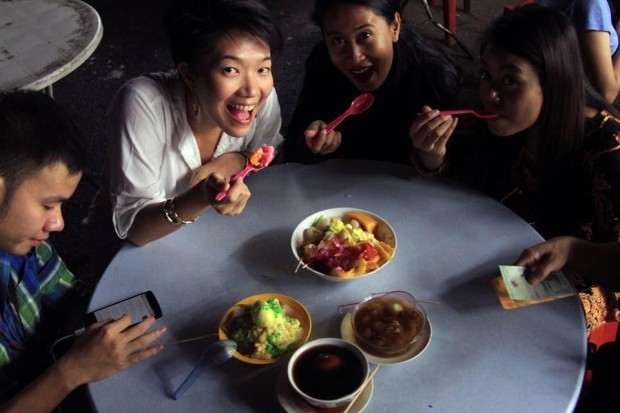 Image credit: Nguyễn Mạnh Hà
Image credit: Nguyễn Mạnh Hà
If you’re travelling in a group or with family, make sure to check out The Lost World of Tambun by Sunway.
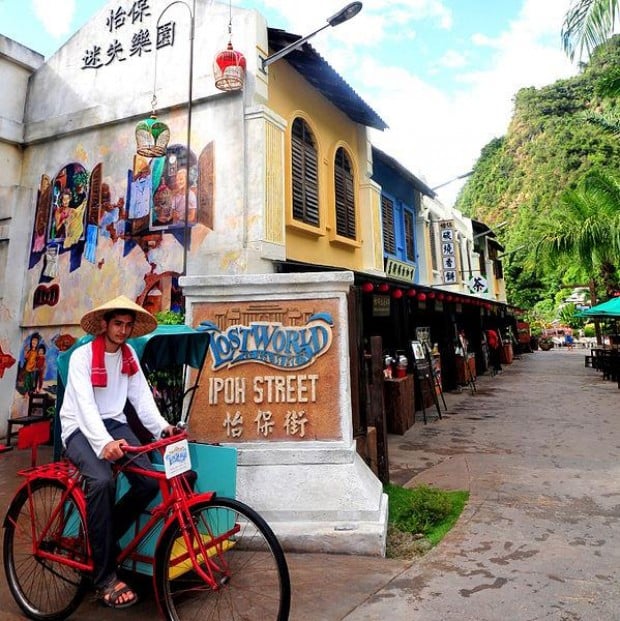 Image credit: Orkedshafika
Image credit: Orkedshafika
A theme park of similar calibre to the Sunway Lagoon in Kuala Lumpur, The Lost World of Tambun includes a unique man-made hot spring and spa, an adventure park surrounded by natural limestone formations, and even a cave that may be set up for a conference or seminar! There’s definitely something for everyone to enjoy here.
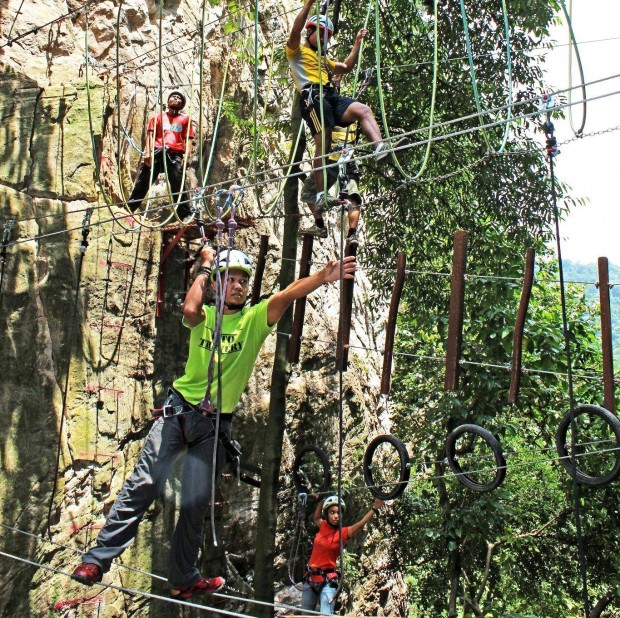 Image credit: Orkedshafika
Image credit: Orkedshafika2. Gua Tempurung
With almost half the region covered in forest, Perak is a region blessed with bountiful nature. It should come as no surprise that one popular activity to do in Perak is caving.
Located just 24km south of Ipoh and dating back to almost 400 million years, the Gua Tempurung is one of the largest limestone caves in Peninsula Malaysia. Made up of five huge domes, the well-lit interior allows you to see amazing formations of stalactites and staglagmites.
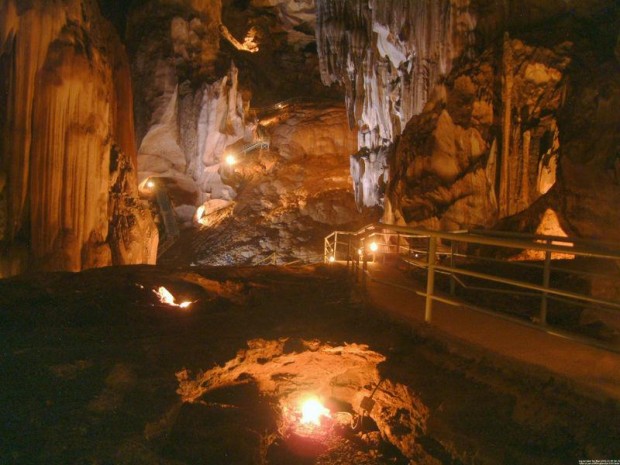 Image credit: Calvin Teo
Image credit: Calvin Teo
To make things more exciting, visitors can opt to have a river adventure tour in the cave. As it is a ranger-guided tour, the caving activity is possible for children aged 6-12 as well. Be prepared to get wet!
The four main tours available are, the Golden Flowstone, Top of the World, Top of the World & River Adventure, and the Grand Tour. To learn the details about each tour, find out more from the Gua Tempurung website.
3. Gopeng
Approximately 20km south of Ipoh lays the quiet town of Gopeng. Located in close proximity to many limestone hills and the Titiwangsa Mountains, Gopeng has plenty of eco outdoor adventures awaiting its visitors.
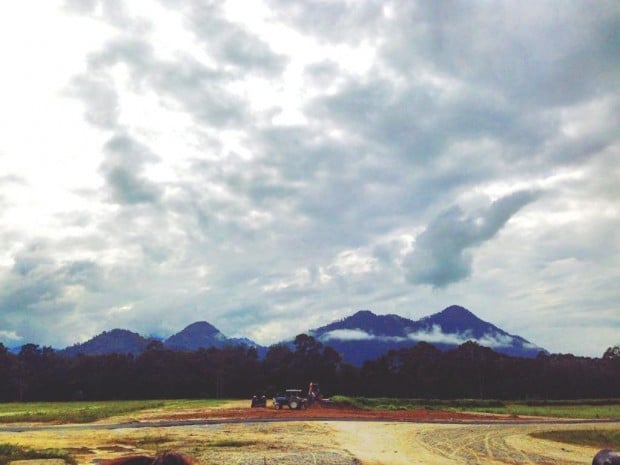
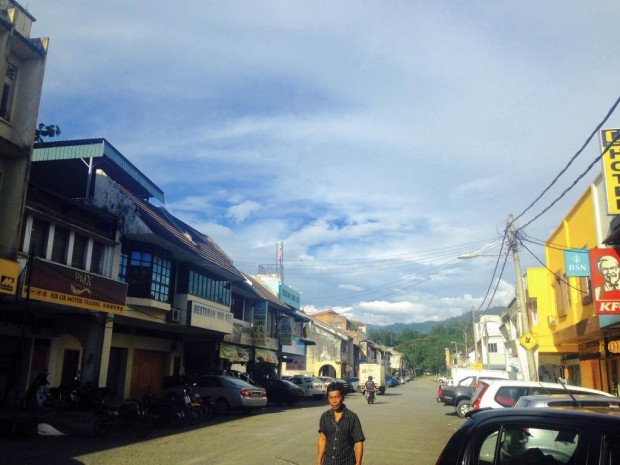
One of its popular activities is white water rafting on the Kampar River. Guides carrying out the tour are well trained and conduct clear safety briefings before embarking onto the boats. The waters of the Kampar River feature rapids from Class I-III and is suitable for anyone who is physically fit, and for those who crave for adventure while still safely enjoying a rafting trip.

There may be scenarios where the boat gets capsized or where one or two members fall out of the boat, but that’s what makes it more fun! The guides will always be there to pull you out of the waters and if travelling in a big group, two boats will be assigned to look after each other.
If you’re not the white water rafting type, how about trying out waterfall abseiling? Also located near the Kampar River, a safety briefing is conducted by the guides before the actual abseiling starts. For first time water-abseilers, don’t worry! The guides are always right there to help you along the way if you struggle while going down the waterfall.
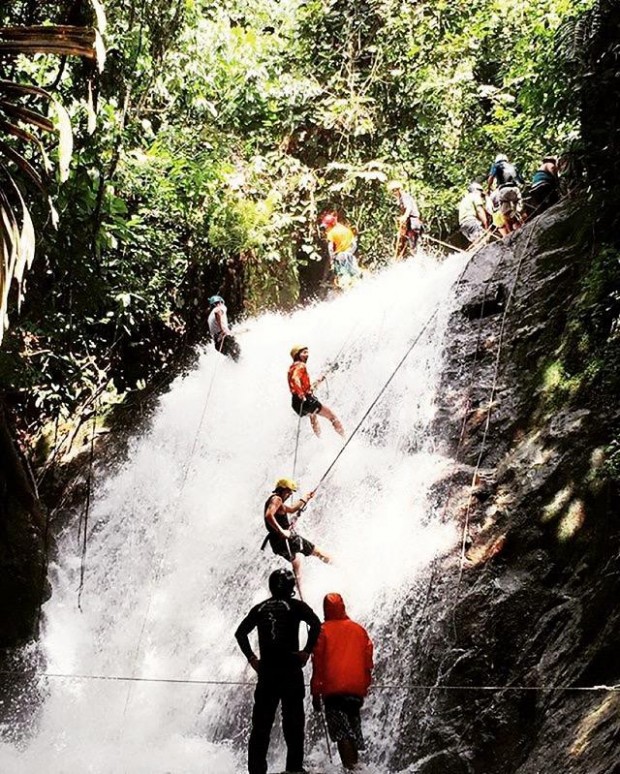
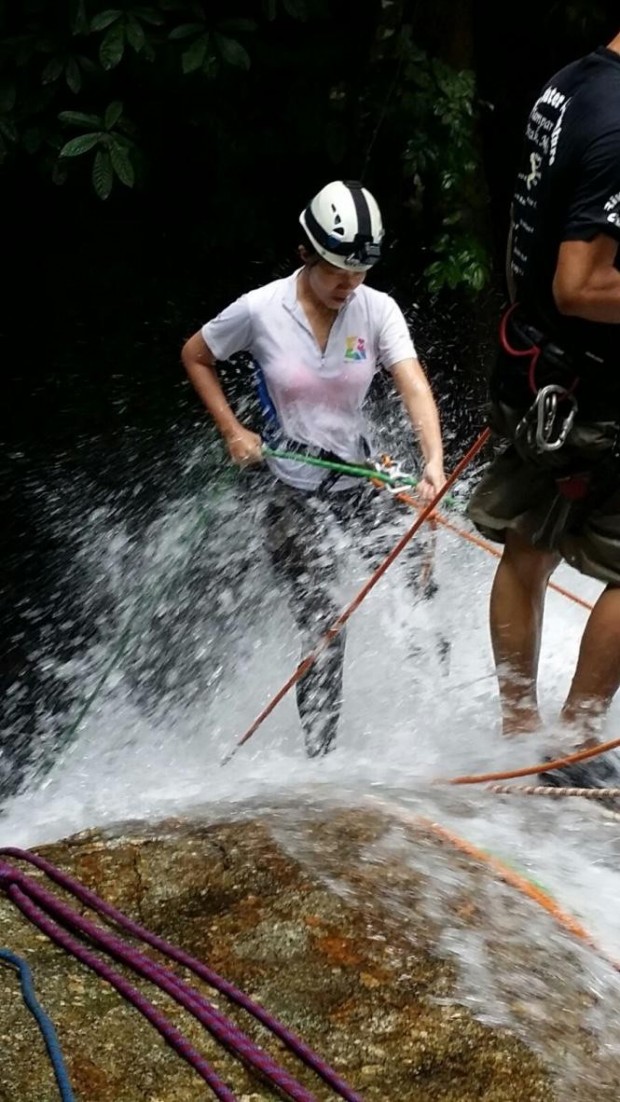 Image credit: Tot Lina
Image credit: Tot Lina
For more information on water rafting or water abseiling tours in Gopeng, check out RIVERBUG, “The White Water Rafting Specialists”.
4. Taiping
Formerly known as Klian Pauh, Taiping was renamed to commemorate the end of the Larut War in 1874. The word Taiping comes from the Chinese word “Tai-Peng” which means, “Eternal Peace”.
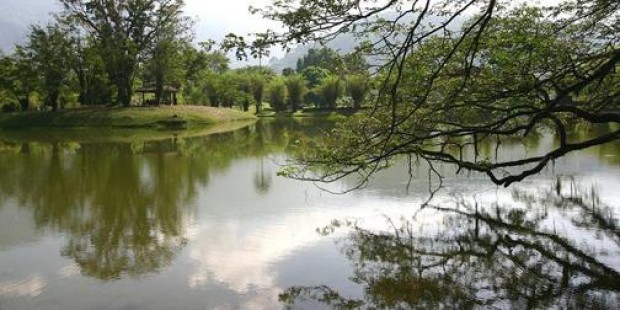 Image credit: Timothy Tye
Image credit: Timothy Tye
Like Ipoh, Taiping was once a prosperous mining town and used to be the capital of Perak. The old mining pools have since been ingeniously turned into the beautiful and famous Taiping Lake Gardens. One of the oldest man-made lake gardens in the country, the 160 acres site was also the very first public garden in Malaya.
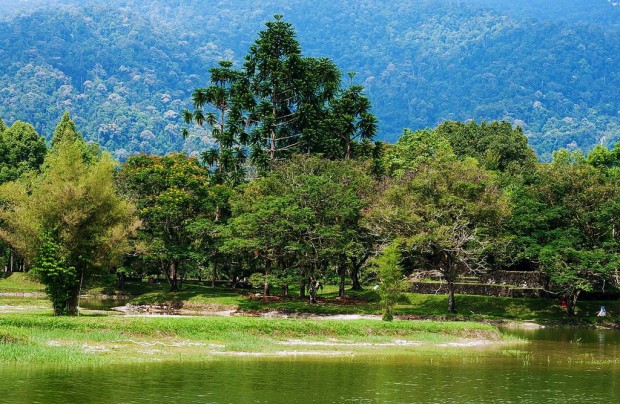 Image credit: musimpanas
Image credit: musimpanas
The garden consists of ten scenic lakes and ponds, but the “signature” attraction here is the row of beautiful ancient Angsana trees, with its branches stretching over the road to touch the lake – creating a natural shelter for park-goers. Here, one may enjoy a moment of stillness, slowly lulled by the sounds of nature.
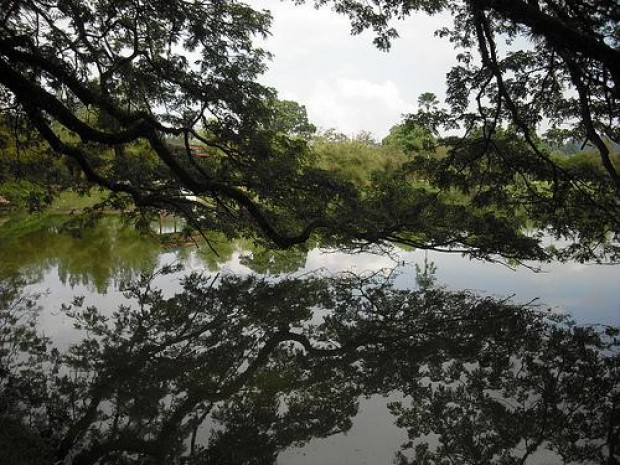 Image credit: Wohin Auswandern
Image credit: Wohin Auswandern
Just 12km away from Taiping, and another place for nature lovers, is Bukit Larut. Formerly named Maxwell Hill after the first British resident assistant of Perak – George Maxwell – the hill is approximately 1,250m above sea level. Accessible by a four-wheel drive, Bukit Larut preserves the atmosphere of a colonial hill station, with old colonial type vacation houses and bungalows still located there.
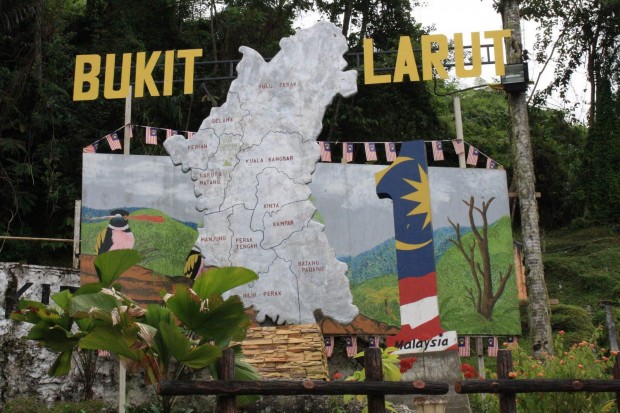 Image credit: Wikipedia
Image credit: Wikipedia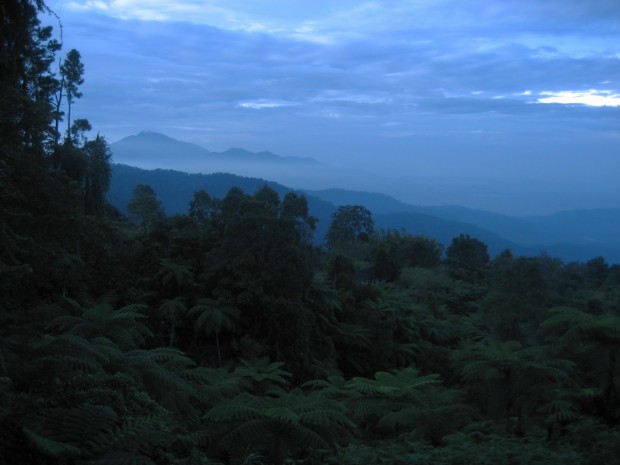 Image credit: Stuart Ralph
Image credit: Stuart Ralph
The scenery at the top of the hill is breathtaking, and the temperatures can drop to a low of 10 degrees in the night. On a clear day, one can even spot the peninsular coastline and the Straits of Malacca. A climb up this hill is recommended in the dry season as it has been described as the wettest place in Malaysia during the monsoon.
5. Belum Temenggor
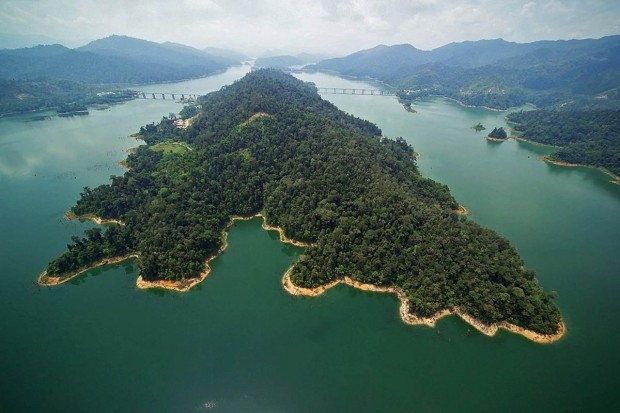 Image credit: Belum Temenggor
Image credit: Belum Temenggor
Finally, what I would consider one of Perak’s best-hidden gems, the Belum Temenggor. Estimated to be 130 million years of age, it is a virgin rainforest older even than the Amazon! Who would have thought! In the middle of the forest lies a lake, Tasik Temenggor, the second largest man-made lake in Malaysia.
Still a largely unexplored rainforest, nature and wildlife are in abundance here. One of the other main attractions of the national park is spotting the largest flower in the world, the Rafflesia.
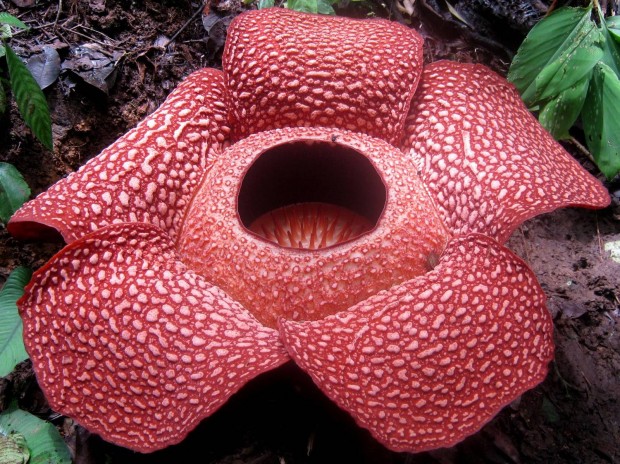 Image credit: Wikipedia
Image credit: Wikipedia
Known for its foul smell of rotting meat, and unusual characteristics (the flower is stemless, rootless and leafless), the rare and beautifully exotic parasitic flower can grow up to 39 inches in diametre! To make it even more special, the flower only blooms for three to five days a year (at any time of the year), and only one vine in the world (the Tetrastigma vine) is robust enough to host the Rafflesia parasite.
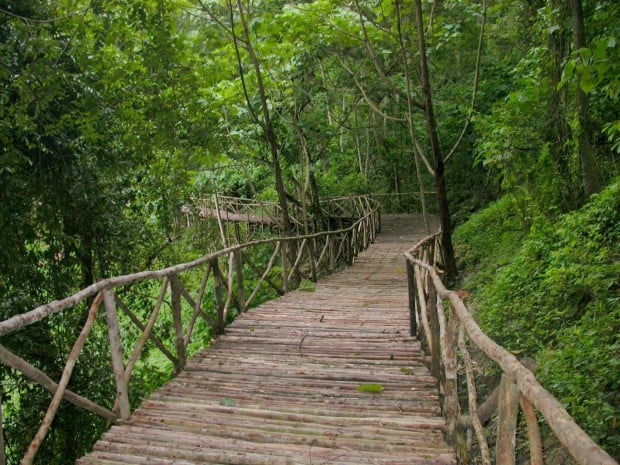 Image credit: wdominic
Image credit: wdominic
Belum Temenggor is also an important habitat for large mammals like the Asiatic Elephant, Malayan Tiger, the White-handed Gibbon, and the endangered Sumatran Rhinoceros – one of very few left in Peninsular Malaysia. The national park is also the only forest in Malaysia with all 10 species of Malaysian Hornbills including large flocks of the plain-pouched hornbills.
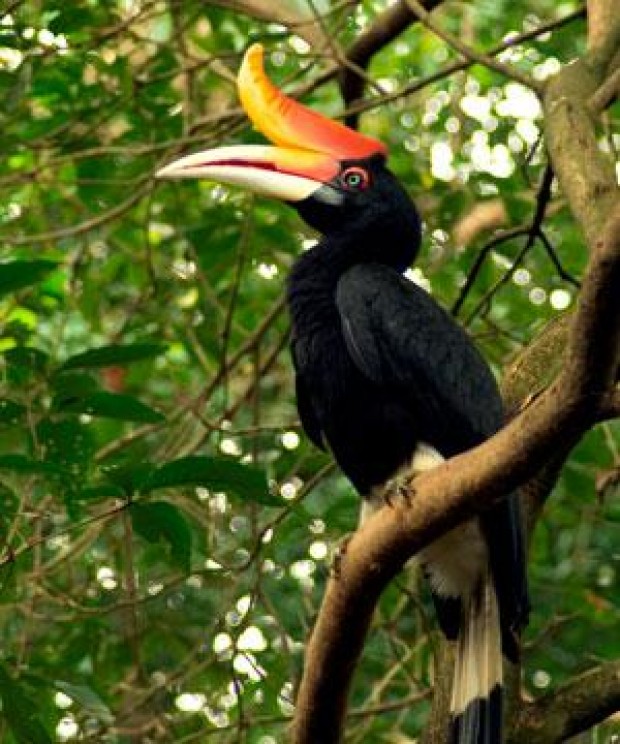 Image credit: Sime Darby
Image credit: Sime Darby
Other than being home to flora and fauna, Belum Temenggor is also home to some orang asli or, “aboriginal people”. The orang asli were the first inhabitants of the Malay Peninsula, with many of their earliest burial grounds dating back 10,000 years ago.
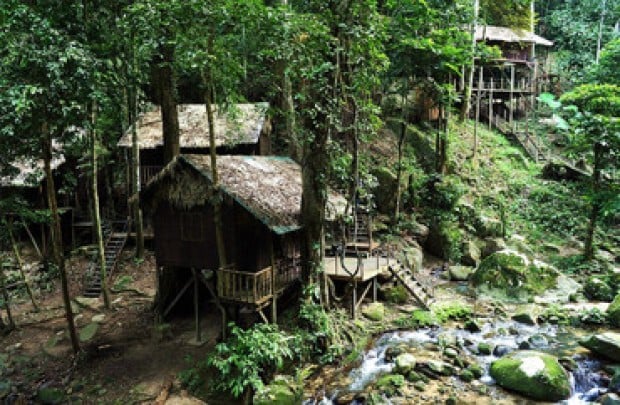 Image credit: Heritage Malaysia
Image credit: Heritage Malaysia
Some of these orang asli are semi-nomadic and can be found on some of the islands of Temenggor. Tourists can choose to visit these orang asli villages to observe how the aboriginal people live.
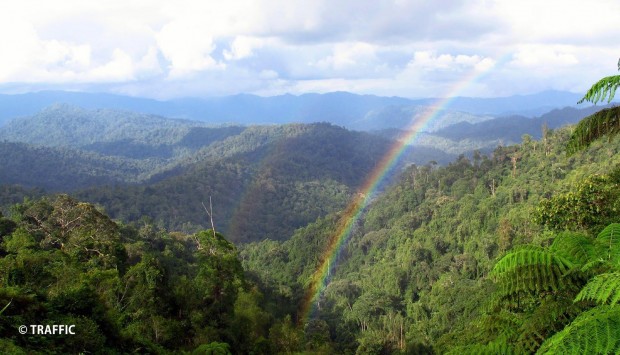 Image credit: Traffic
Image credit: Traffic
A haven for nature lovers, Belum Temenggor is not to be missed. Several tours are available on the Belum Temenggor website, take your pick, go ahead and book that adventure!
Perak is a place for all kinds of travellers; whether you’re looking for the most unique cuisine, the place with the most historical buildings still in its place, a short getaway with family, or whether you simply need to be at one with nature, this region has it all. Well, what are you waiting for?
Malaysia's Perak deserves to be your next holiday destination. With great destinations like Ipoh and Gopeng, and exciting activities like rafting and cave tours, you'll never be bored!
Source from Sabrina Siow


إرسال تعليق